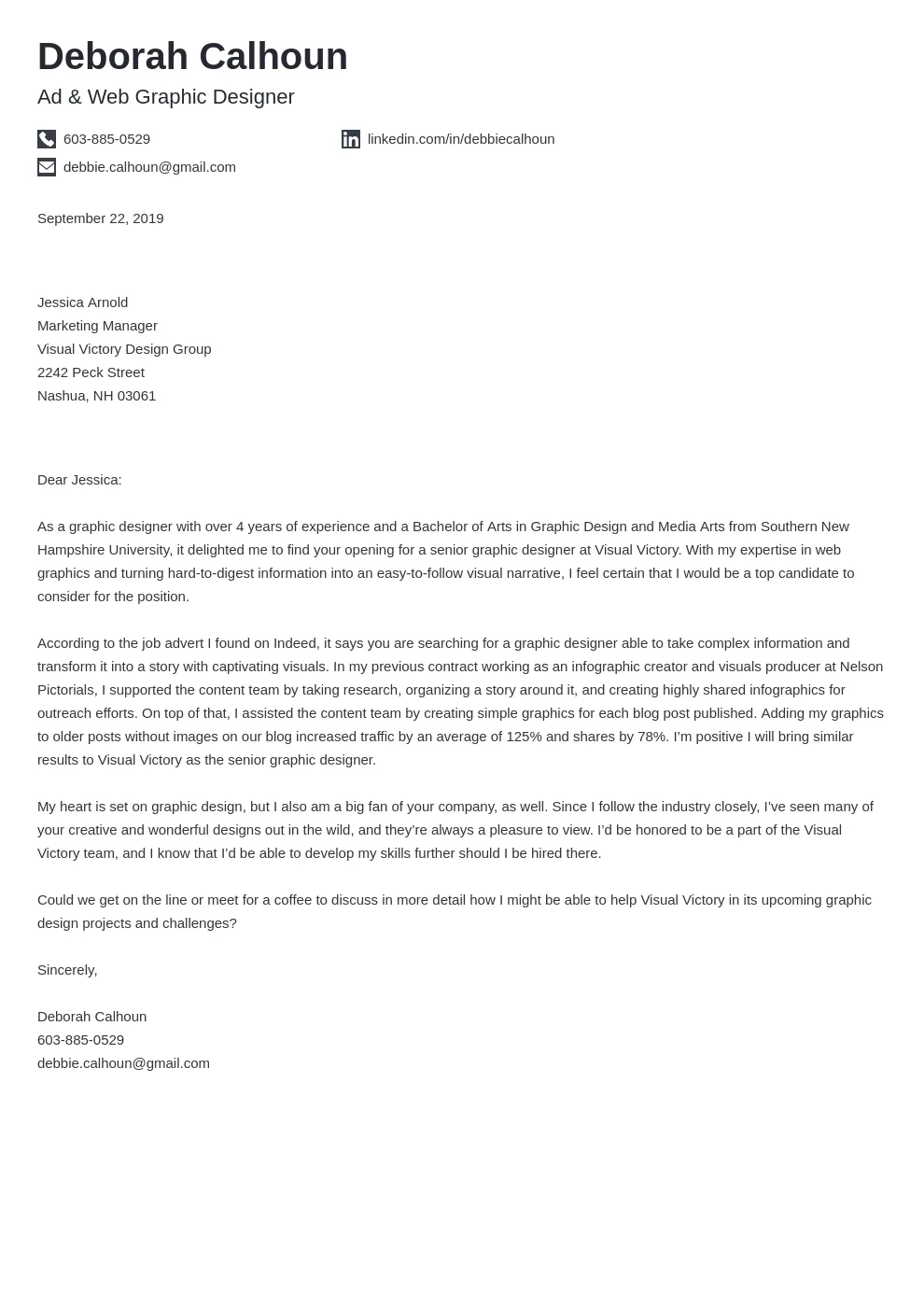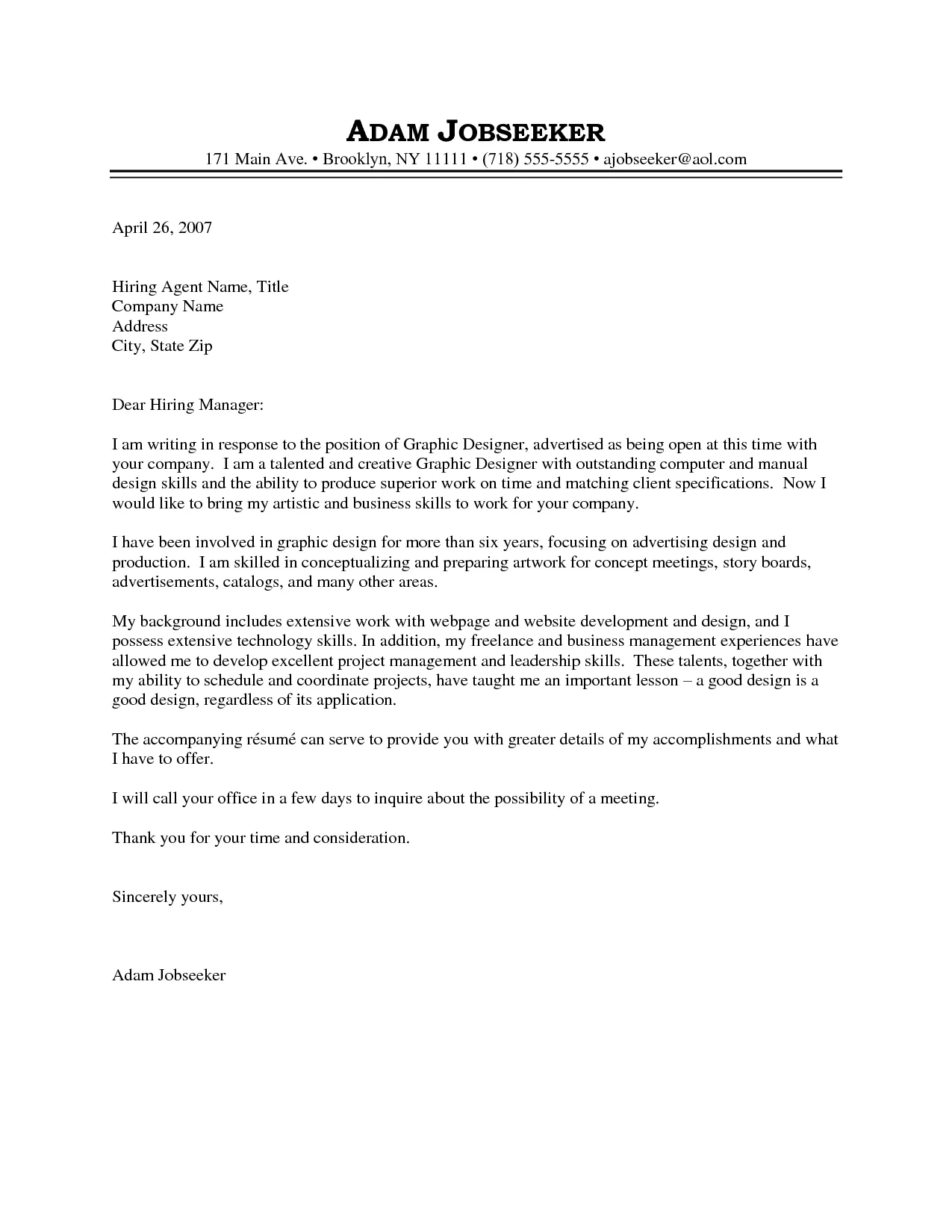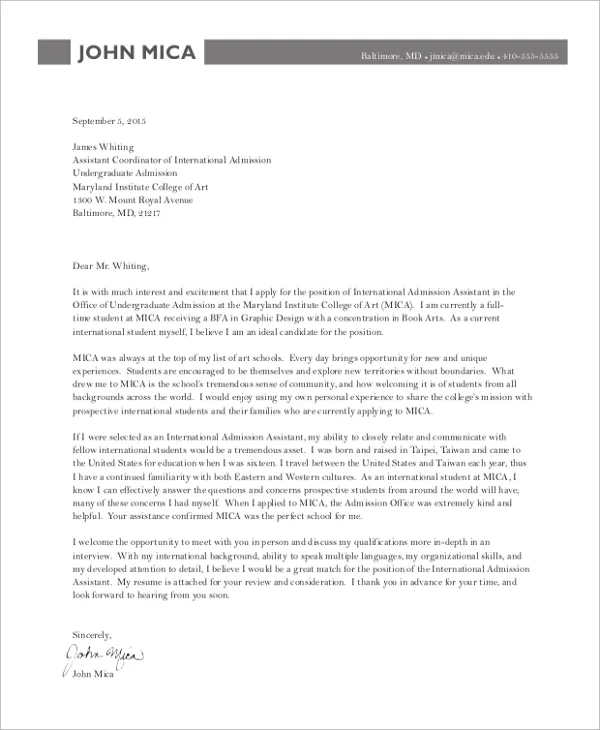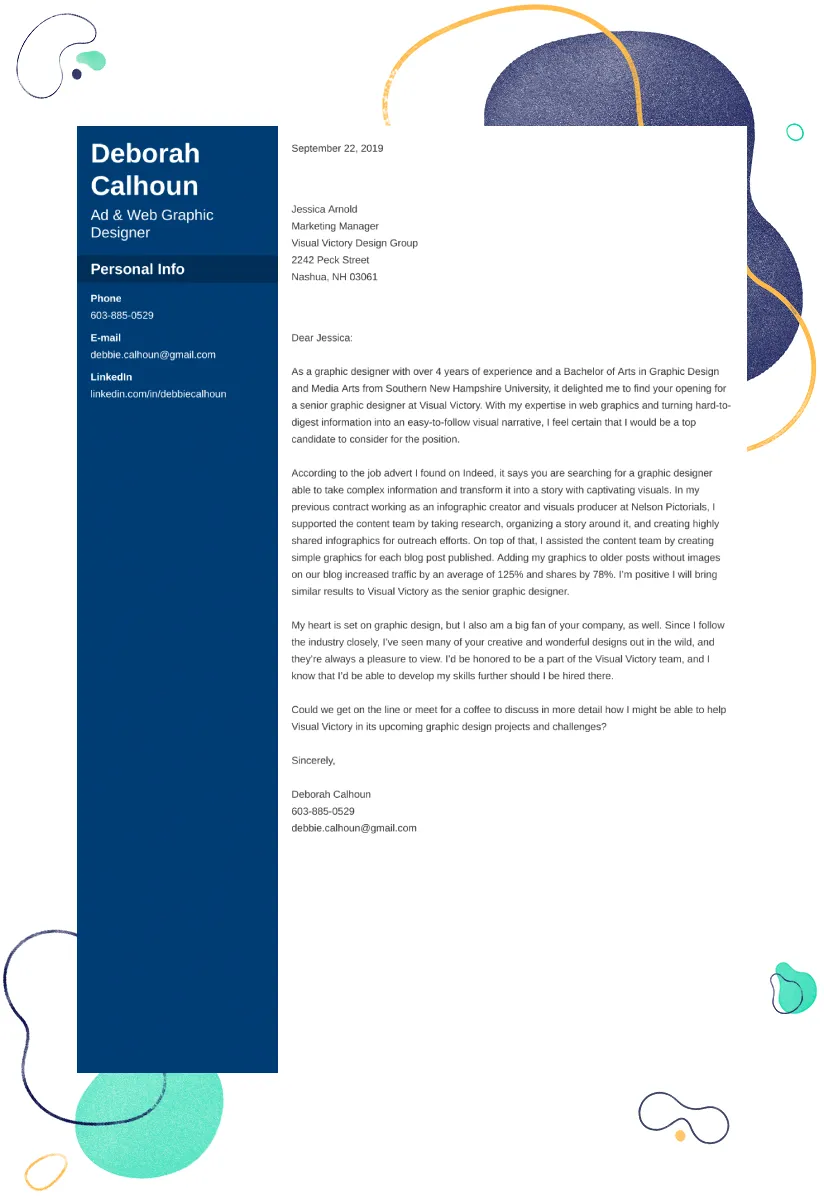What is a Graphic Design Cover Letter?
A graphic design cover letter is a crucial document that accompanies your resume when applying for graphic design positions. It serves as your introduction to a potential employer, providing an opportunity to showcase your personality, highlight your relevant skills, and express your enthusiasm for the role. Unlike a resume, which is a concise overview of your experience and qualifications, a cover letter allows you to tell a story, elaborate on your achievements, and explain why you are the ideal candidate for the job. It’s your chance to make a strong first impression and distinguish yourself from other applicants, therefore it’s an important part of your career.
Why is a Cover Letter Important?
In the competitive field of graphic design, a well-crafted cover letter can make all the difference. It provides context to your resume, allowing you to explain how your skills and experience align with the specific requirements of the job. It demonstrates your communication skills, attention to detail, and genuine interest in the position. A cover letter can help you personalize your application, showing the hiring manager that you’ve taken the time to research the company and understand their needs. It offers a platform to showcase your passion for design, your creativity, and your ability to solve visual problems, which are all essential qualities for a successful graphic designer. Many employers value cover letters as they show your personality.
Key Elements of a Winning Graphic Design Cover Letter

A compelling cover letter should include several key elements to capture the reader’s attention and demonstrate your suitability for the role. Begin with a professional salutation, addressing the hiring manager by name if possible. In the opening paragraph, state the specific position you’re applying for and where you found the job posting. Briefly mention your most relevant skills and experience and express your enthusiasm for the opportunity. The body of your letter should elaborate on your skills, highlighting your achievements and providing concrete examples of your work. Make sure to demonstrate your knowledge of the company and explain why you’re a good fit for their culture. Conclude with a strong call to action, expressing your eagerness for an interview and thanking the reader for their time and consideration.
Highlighting Your Skills and Experience
Your cover letter is the perfect place to emphasize the skills and experiences most relevant to the job description. Identify the key requirements mentioned in the posting and tailor your letter to address them directly. For example, if the job requires proficiency in Adobe Creative Suite, be sure to mention your expertise in Photoshop, Illustrator, and InDesign. Highlight your experience with specific design projects, such as branding, web design, or print materials, and quantify your accomplishments whenever possible. Showcase your understanding of design principles, such as typography, color theory, and layout, and demonstrate how you apply these principles in your work. Providing specific examples of how you’ve solved design challenges in the past will further impress the hiring manager, and show your expertise.
Showcasing Your Design Portfolio
Your design portfolio is your most valuable asset when applying for graphic design positions, and your cover letter should effectively direct the reader to your best work. In your cover letter, clearly state that you have attached a link to your online portfolio or that your portfolio is available upon request. Select the projects that best align with the job requirements and briefly describe them in your letter. Mention the design challenges you faced, the solutions you implemented, and the results you achieved. If you have a specific project that demonstrates your ability to meet the needs of the potential employer, highlight it prominently. Be sure your portfolio is up-to-date, well-organized, and easy to navigate, as this will leave a positive impression on the hiring manager.
Tailoring Your Cover Letter to the Job

One of the biggest mistakes graphic designers make is sending a generic cover letter. To increase your chances of success, always tailor your cover letter to each specific job application. Carefully read the job description and identify the key requirements and desired qualifications. Research the company and understand their brand identity, target audience, and design style. Personalize your cover letter by addressing the hiring manager by name and mentioning specific projects or aspects of the company that appeal to you. Highlight the skills and experiences most relevant to the job and explain how your design philosophy aligns with the company’s values. This shows that you’ve taken the time to understand their needs and that you’re genuinely interested in the opportunity.
Formatting and Design Tips
As a graphic designer, your cover letter should reflect your design skills and attention to detail. Use a clean, professional font, such as Arial, Helvetica, or Calibri, and ensure the text is easy to read. Maintain consistent formatting throughout the document, including spacing, margins, and alignment. Consider adding a subtle visual element, such as a well-designed header or a small graphic, to enhance the overall appearance of your cover letter. Keep your cover letter concise and focused, ideally no more than one page in length. Use bullet points or numbered lists to highlight key skills and achievements. Proofread your letter carefully for any typos or grammatical errors, as these can detract from your professionalism. A well-designed cover letter will make a positive impression and demonstrate your design abilities.
Proofreading and Editing Your Cover Letter
Before submitting your cover letter, take the time to proofread and edit it meticulously. Typos, grammatical errors, and unclear phrasing can undermine your credibility and make a negative impression. Start by checking for spelling and punctuation errors using a grammar checker, but don’t rely on it entirely. Read your cover letter aloud to catch any awkward sentences or repetitive phrases. Ask a friend or colleague to review your letter and provide feedback on its clarity and effectiveness. Ensure that your cover letter is well-organized, easy to read, and free of any distracting errors. A polished cover letter demonstrates your professionalism, attention to detail, and commitment to producing high-quality work, which are all important qualities for a graphic designer.
Examples of Effective Cover Letters for Graphic Designers

Reviewing examples of effective cover letters can provide valuable insights and inspiration when writing your own. Look for cover letters that showcase a range of design skills, highlight relevant experiences, and demonstrate a genuine interest in the company. Pay attention to the structure, formatting, and language used in these examples. Note how the designers personalize their letters, tailor them to specific job descriptions, and effectively direct the reader to their portfolios. Use these examples as a guide, but avoid simply copying and pasting content. Instead, adapt the strategies and techniques to create a cover letter that reflects your unique skills, experience, and personality. By studying these examples, you can learn how to write a compelling cover letter that captures the hiring manager’s attention and increases your chances of landing an interview. Try to search online for these examples, so you can find the best one for your career.
Common Mistakes to Avoid
Avoiding common mistakes can significantly improve the effectiveness of your cover letter. One of the most frequent errors is sending a generic cover letter that isn’t tailored to the specific job or company. Always personalize your letter and demonstrate that you’ve taken the time to research the opportunity. Another mistake is focusing solely on your skills and experience without explaining how you can contribute to the company’s success. Clearly articulate your value proposition and provide examples of your accomplishments. Avoid using overly long sentences or paragraphs, and keep your language concise and direct. Don’t include irrelevant information or overly casual language. Finally, always proofread your cover letter carefully to eliminate any typos, grammatical errors, or formatting inconsistencies. By avoiding these common pitfalls, you can ensure your cover letter makes a strong and positive impression.
Call to Action and Next Steps
In the closing paragraph of your cover letter, include a strong call to action and outline your next steps. Express your enthusiasm for the opportunity and reiterate your interest in the position. Clearly state that you have attached your resume and portfolio link for their review. Indicate your availability for an interview and provide your contact information, including your phone number and email address. Thank the hiring manager for their time and consideration. Proofread your entire cover letter once more before submitting it. By including a clear call to action, you increase your chances of getting an interview and moving forward in the hiring process. A well-crafted cover letter is the first step to securing your dream job.
